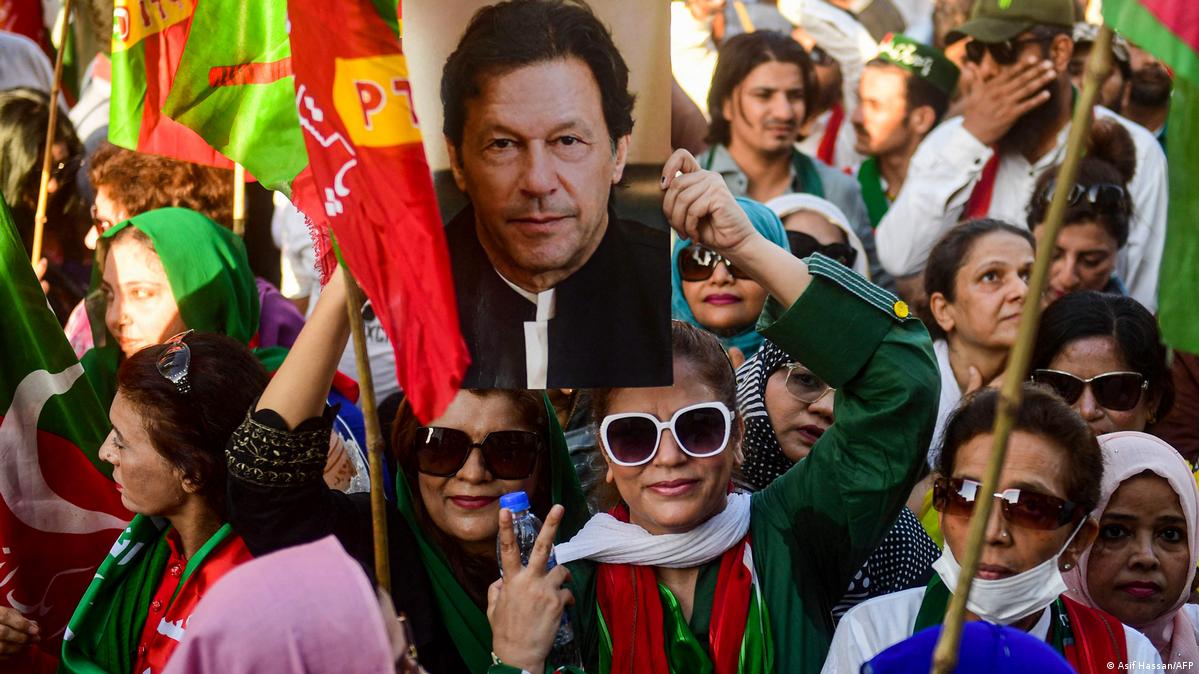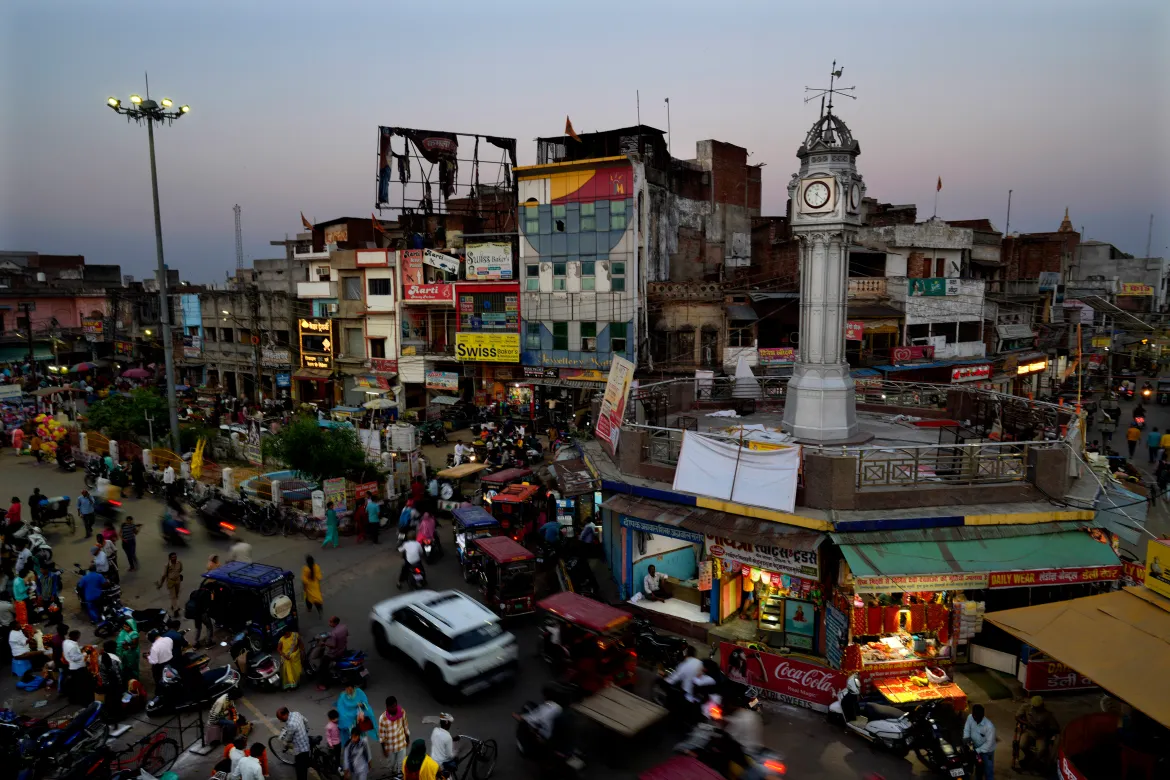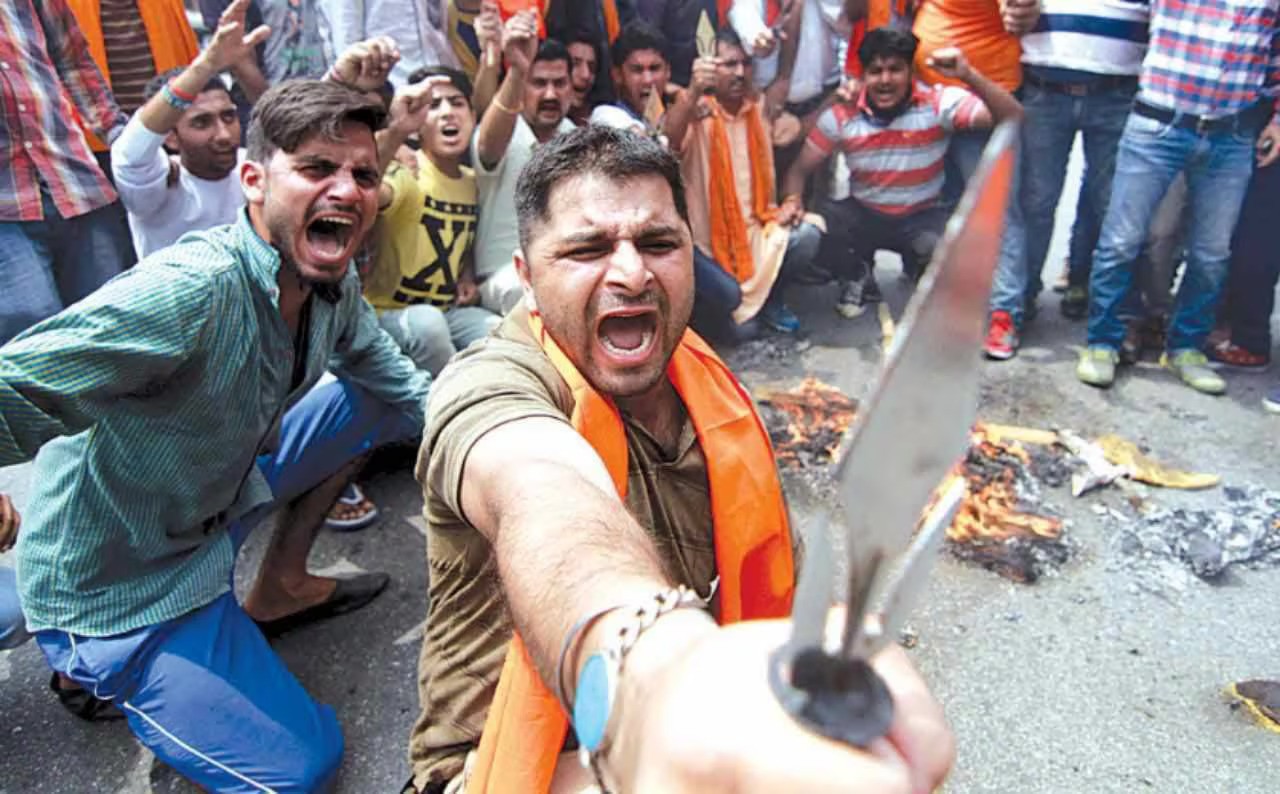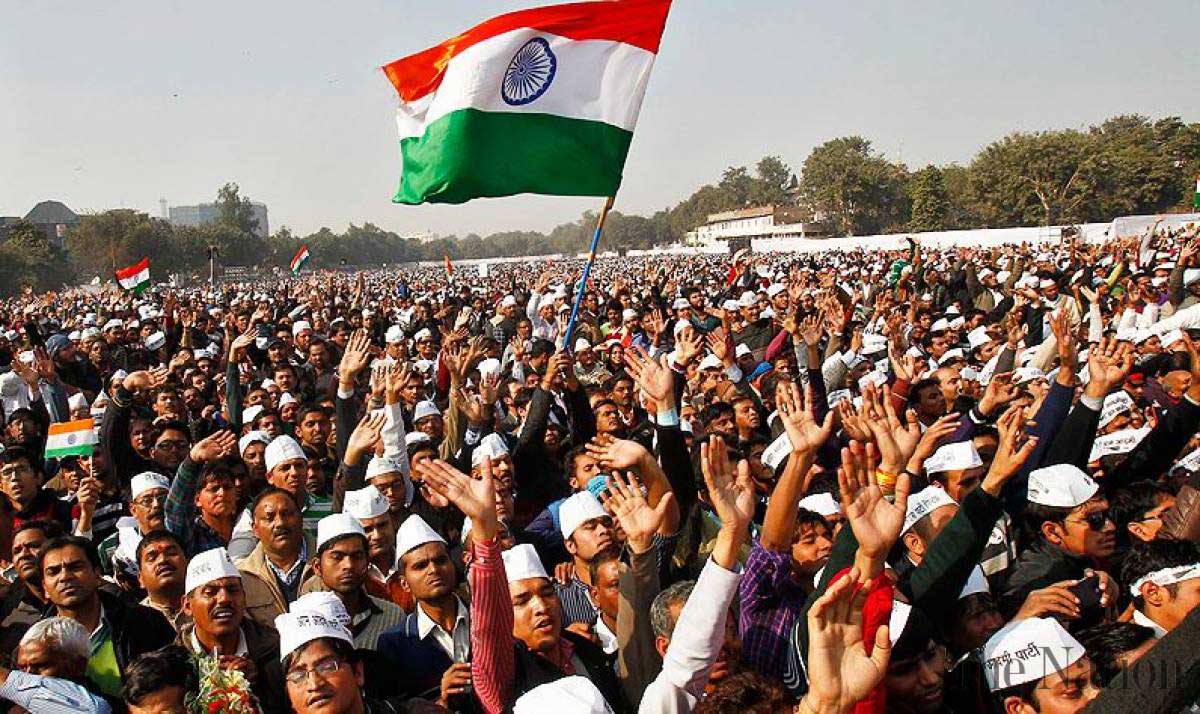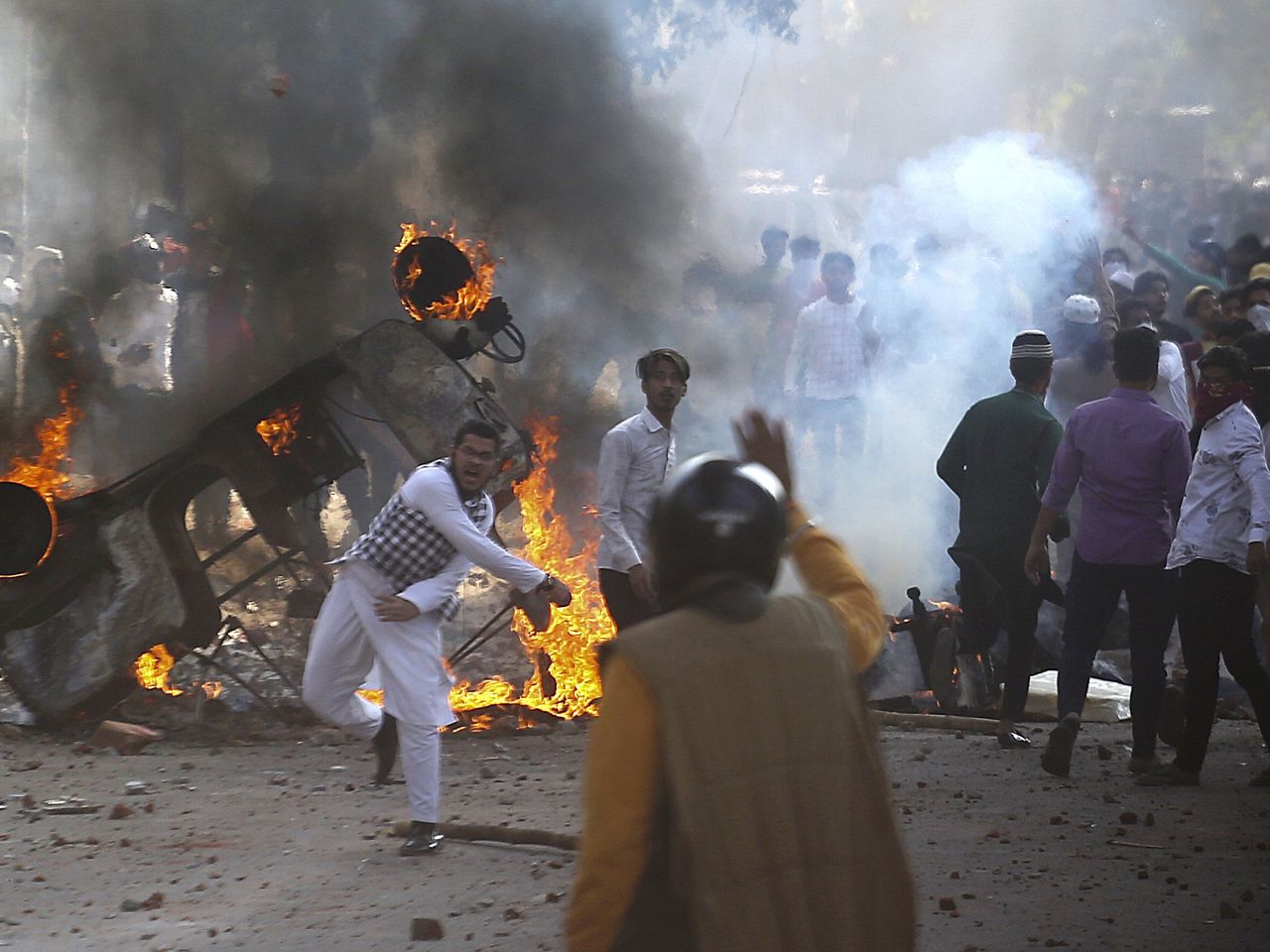Despite Imran Khan’s imprisonment, the Pakistan Tahreek-e-Insaaf (PTI) pulled off a spectacular show of political ability by winning a sizable victory in the most recent Pakistani elections
The results of these elections have demonstrated the effectiveness of Khan’s bold political approach, which he has been using since his ouster as prime minister in April 2022 as a result of a resolution of no-confidence. 91 seats in the National Assembly were won by PTI candidates, despite Khan’s ineligibility to run owing to a corruption conviction. This shows how powerful Khan’s political influence still is.
Khan’s path is remarkably similar to what happened before the 2018 elections, although in the opposite order. In 2018, Nawaz Sharif was imprisoned just before the elections, but Khan had the backing of the military establishment. Once again, accusations of electoral malfeasance resurfaced, along with claims of military intervention to support Khan’s rise to power. But as Khan stepped into the traditionally military-dominated realm of appointments within the armed forces and intelligence organisations, his standing with the military worsened.
Khan took an extraordinary stand against the military establishment after being removed from office. Khan set up a sequence of protests, which included the well-known “long march” into Islamabad, with the aim of contesting the military’s hold over civilian matters. The clashes intensified and culminated in an attempted assassination of Khan, who was purportedly targeted by a high-ranking army official. Strongly denying any involvement, the military denounced Khan’s charges as politically driven.
Unexpectedly, Khan’s unrelenting criticism of the military had unanticipated results. Following his apprehension, violent protests broke out, aimed not just at law enforcement but also at military installations—a rare instance of civilian disobedience to the formidable military machinery. This unrest demonstrated the effectiveness of Khan’s aggressive strategy and marked a change in the political climate.
Khan took advantage of anti-American sentiment in the midst of economic unrest and his own political demise at the same time. Khan claimed foreign meddling in Pakistani affairs and accused the US of arranging his downfall. He specifically mentioned a meeting between a US official and Pakistan’s envoy. Khan continued to present himself as a victim of a foreign conspiracy in spite of US denials, which resonated with sections of society fed up with what they saw as US intervention.
Even still, some people found Khan’s criticism of the US to be offensive, favouring diplomatic rapprochement over hostility. Khan’s vacillation between diplomatic pragmatism and anti-American sentiment highlighted the intricacies of his political scheming, satisfying competing interests in Pakistani society.
The utilisation of populist emotion against perceived ‘external’ involvement, a narrative firmly established during the ‘war on terror’ era, was a fundamental aspect of Khan’s plan. Consolidating his political base in the face of hardship, Khan drew support from sections of society wary of outside influence by portraying his political fights as opposition to these forces.
Khan has maintained his relevance in Pakistan’s turbulent political environment by taking a hostile stance towards the military and using anti-American rhetoric, even if these tactics may not instantly result in real electoral benefits. Despite encountering significant obstacles, Khan’s fortitude and political savvy have made him a powerful force in Pakistani politics, upending long-standing power structures and redefining the parameters of political discourse. Khan’s political moves show the complexities of administration in a country with conflicting interests and deeply ingrained power structures, offering both potential and risk as Pakistan navigates through uncharted territory.
